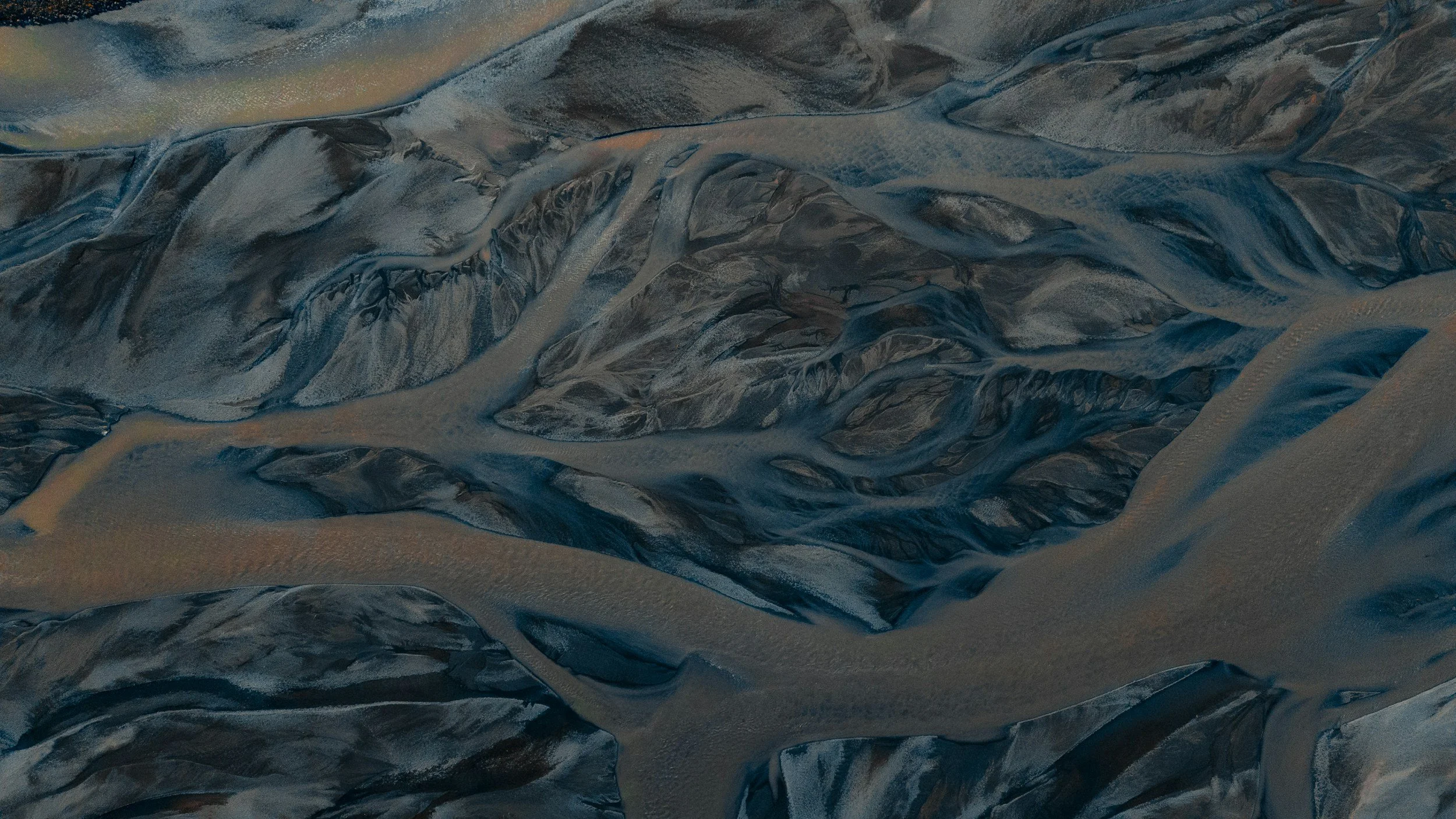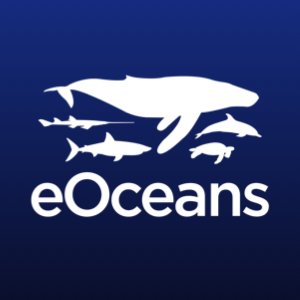
Rethinking Citizen Science: Transparency, Trust, and Control with eOceans.
As a team who has led citizen science projects around the world, we’ve seen firsthand the power and complexity of community-driven and participatory-science projects.
We’ve interviewed thousands of people contributing to citizen science projects and programs, and have worked with millions of observations contributed by citizen scientists. We have led and supported some of the largest marine citizen science projects in the world, amassing millions of observations across 90 regions and 38 countries. And, we have had significant impact with these data and projects.
In some cases, we’ve led our own research. More often, we’ve worked in support of other’s research goals — such as tourism industries trying to protect their sharks and ecosystems.
That experience shaped how we built eOceans® — a platform designed to make all science easier, safer, and more impactful for everyone involved. Here are some of the questions we get most often, and how we’ve designed eOceans to meet them.
What is eOceans for citizen science?
eOceans is a platform where many different citizen science and scientific projects can take place — all in one system.
We provide the tools and infrastructure that make it easy for teams to design, run, and analyze their projects, while meeting their unique data and reporting needs. Whether you’re a local dive club, a national research team, or an international NGO, eOceans adapts to your workflows and helps connect your observations to insights faster.
Will eOceans share data with existing data portals?
Yes — if the project and data portal both want that connection.
If a project team wants to share their data with an existing portal (or pull data in from one), we can set up secure APIs to enable that flow in either direction.
eOceans isn’t designed to be a permanent data warehouse. It’s a data analysis and publication platform — a space where data can be transformed into results and insights. We only hold data for as long as it’s in use.
Is the software open?
eOceans uses a “reverse open” model — prioritizing transparency while protecting sensitive data.
Our default is Open Results: summaries, analyses, and reports can be viewed publicly, but raw data and precise locations remain private or obscured.
Some projects prefer full privacy, and that’s okay too — they can keep their work closed. Unlike traditional publishing models that charge extra for openness, we do the opposite: openness is the default, and privacy is available when needed.
Who decides what to share?
Data contributors always decide which projects their observations are shared with.
For example, a diver can log shark sightings and choose to contribute them to one project or a hundred — or keep them private.
This ensures contributors retain ownership and control over their data, preventing misuse (like poaching) and removing gatekeeping barriers between scientists and citizen scientists. It’s science as it should be: open, ethical, and inclusive.
Can citizen science projects share their data with larger data portals?
Yes — that’s up to each project.
Some eOceans projects already integrate with data warehouses like OBIS. The decision to export data back to those portals lies entirely with the project owners. eOceans enables those connections but never obligates them.
The future of citizen science: Open, ethical, and empowering
Citizen science has always been about people coming together to understand and protect the world they care about. But until now, most tools have forced trade-offs — between openness and control, between collaboration and privacy.
At eOceans, we’ve built something different. A shared, secure, and flexible platform where citizen scientists, researchers, and communities can work side by side — turning data into real-world change.
Because when everyone has the right tools, knowledge flows as freely as the ocean.

Would you like to know more?
Launch, Run, and Scale — all in one place.
eOceans is the platform for executing nature–society projects everywhere. Our patent-pending system connects and processes your datastreams in real time to deliver insights, maps, graphs, and reports—saving up to 80% of time and resources. Build trust, credibility, and impact today.
